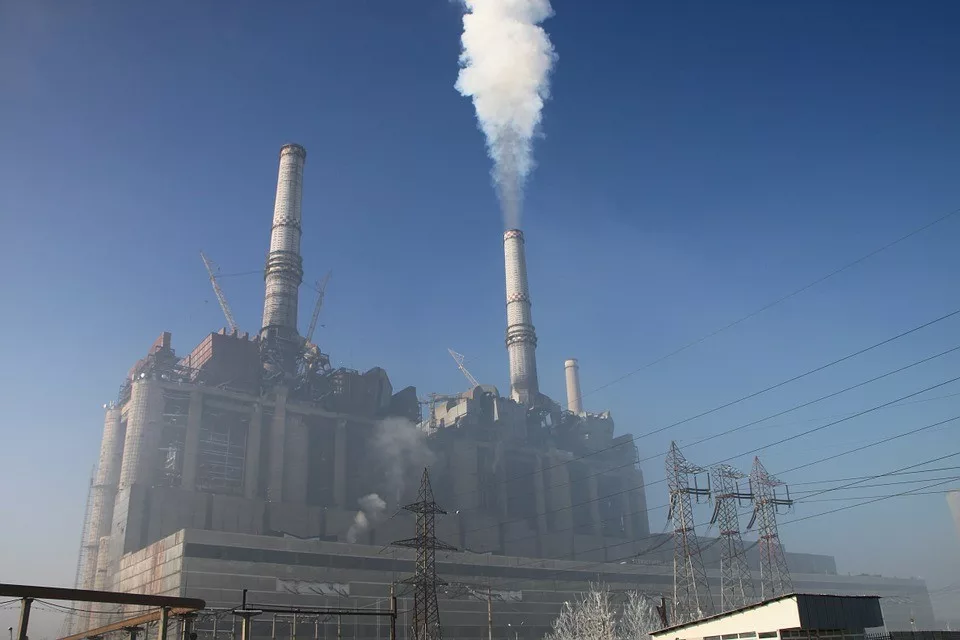According to a new report, the state of Illinois has the most leaking coal ash dumps in the United States.

Coal ash is the waste that is left over after coal is burned. Most coal ash is created by coal-fired power plants that combust coal to produce electricity. According to the Environmental Protection Agency (EPA), living next to a coal ash disposal site can increase your risk of cancer. It can also increase your risk of developing other health problems such as heart disease, reproductive issues, and neurological damage in kids. This is because coal ash often contains numerous heavy metals and carcinogens, including arsenic, lead, and mercury.
Coal ash is one of the biggest types of industrial waste produced in the United States. The EPA notes that in 2012 alone, 470 coal-fired electric utilities generated around 110 million tons of coal ash. For decades, the utility industry disposed of this waste by irresponsibly dumping it unlined ponds and landfills where coal ash chemicals are free to seep into groundwater.
In Illinois, evidence shows that groundwater is severely contaminated at 22 of the 24 coal ash dump sites in the state. For example:
Prompted by these and other examples of coal ash contamination, the Illinois Legislature passed the bipartisan Coal Ash Pollution Prevention Act. The law creates stronger rules for coal ash cleanup and helps to fund cleanup programs through permit fees. It also requires coal ash generators to use other financial tools to set aside the money required to close and clean up coal ash ponds. The law took effect on July 30, 2019, when it was signed by Governor J. B. Pritzker.
The Illinois Coal Ash Pollution Prevention Act comes at the same time as the federal government is loosening its already woefully inadequate standards for coal ash waste sites. For example, the U.S. EPA approved rollbacks of Obama-era regulations that set strict timelines for closing coal ash disposal sites.
It also comes in the wake of a 2016 U.S. Commission on Civil Rights report which found that the U.S. EPA’s coal ash rule, which designated coal ash a “nonhazardous waste”, would negatively impact low-income communities and communities of color. Seventy percent of the country’s 1400 coal ash dumps are in low-income communities, and fifty percent of the dumps have no liner to prevent toxic chemicals from leaking into groundwater. Apparently, protecting vulnerable communities from coal ash is not a priority for the U.S. EPA.
Thankfully, the Illinois Legislature has decided to make it a priority.
If you believe you or your family members have been impacted by coal ash contamination and have questions about your health or legal options, please contact one of the experienced environmental personal injury attorneys at The Collins Law Firm today at (630) 527-1595 to protect your rights.

"*" indicates required fields